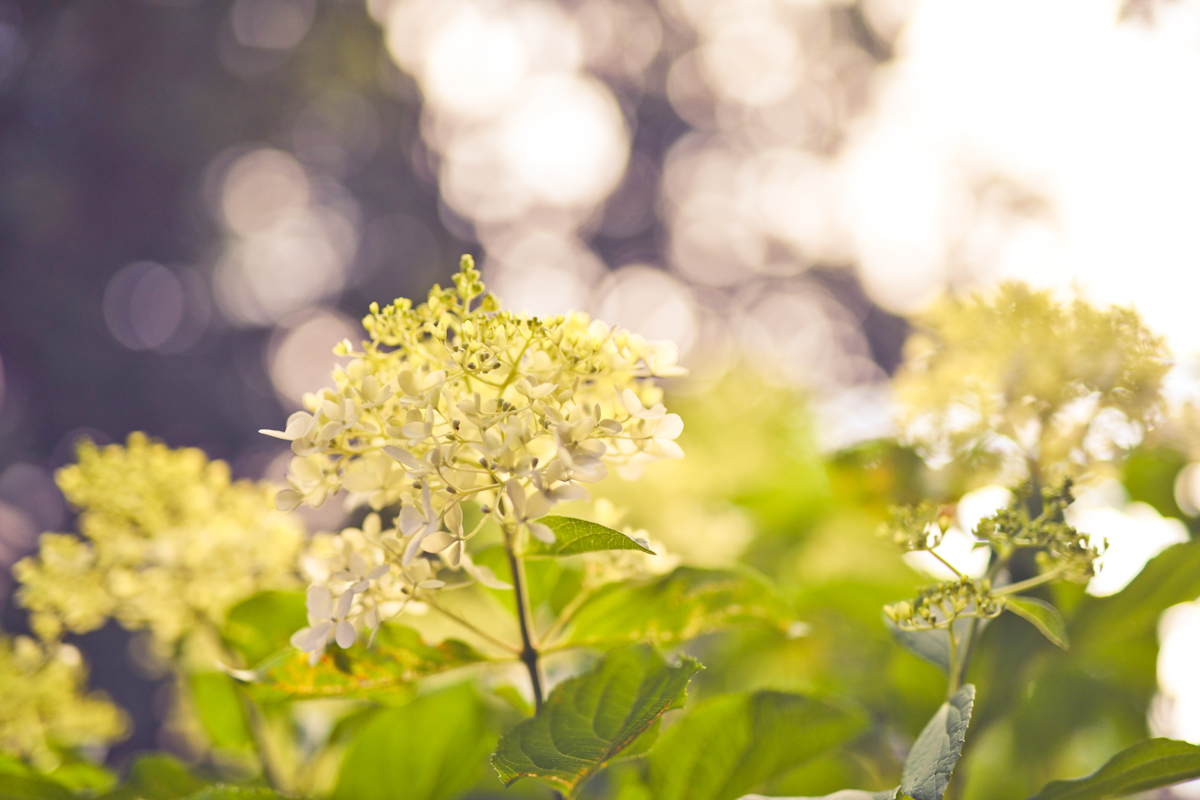
“I will lift up mine eyes unto the hills, from whence cometh my help. My help cometh from the LORD, which made heaven and earth.” (Psalm 121:1-2) What our eyes see has the power to greatly influence what we think about, how we see the world and what we believe. Just as the Psalmist looked up at the hills and took what he saw as a springboard for thinking about the Creator of the hills, may what we see around us also become a springboard to turn our eyes to God alone.
What a moment of confusion, agony, despair, mockery, painful hope and redemption-filled triumph.
In that moment, a woven tapestry of meaning–a fabric that had symbolized sinful man’s separation from a holy and righteous God–that drapery of weaving–was torn.
Torn not by human hands. Torn not by human effort or human imagination.
Torn and ripped apart by the sacrifice of Jesus Christ, signaling the end of the old law. Signaling the beginning of a new relationship to God through our Advocate Who sacrificed Himself for us (see Matthew 27:50-51).
It continues on in our memories, in our history as Christians as a symbol. A visual reminder of what Jesus’ sacrifice did on our behalf. We are no longer separated …through Jesus we have an Advocate, allowing us to come boldly into God’s presence (see Hebrews 4:15-16). A curtain–the symbol of separation from God, no longer bars our entry.
The curtain is a reminder.
What we see in life around us can become a springboard to the Truth. Helping us to think about and understand God’s Word. Here are two ways we can do this:
1. By direct connection. Have you been on a walk and noticed the clouds floating by? Did they remind you of the Psalmist who said, “For as the heaven is high above the earth, so great is his mercy toward them that fear him.” (Psalm 103:11). Or perhaps you stopped by a still pond and it reminded you of the soothing words, “he leadeth me beside the still waters.” (Psalm 23:2b). When you were cleaning for your family, did you reflect on the Truth, “And let us not be weary in well doing: for in due season we shall reap, if we faint not. As we have therefore opportunity, let us do good unto all men, especially unto them who are of the household of faith.” (Galatians 6:9-10). When you were getting a drink of water, did that clear liquid remind you that, “If any man thirst, let him come unto me, and drink.” (John 7:37b)?
2. By meditative reflection. In the New Testament, we see Jesus referring to the natural world to help explain the spiritual. The yeast working through dough (see Matthew 13:33). The light of a candle not hidden under a bushel but set on a candlestick (see Matthew 5:14-15) God’s creation can tell us more about God Himself if we will take the time to ponder and listen. Take light, for example. Jesus describes Himself as The Light of the World (see John 8:12). What does earthly light do for us in our everyday lives? It illuminates, helps us to see what we’re doing, becomes a guide when we’re driving in the dark. And it’s so true that when we are filled with the Light of Christ and spending time in His Word that we are illuminated by Him, we are helped to see our world through His lens, and His Light becomes a guide when we’re metaphorically (and perhaps at times literally) driving in the dark.

